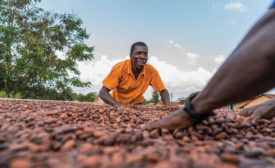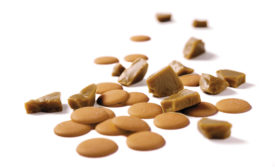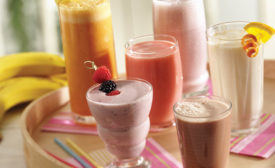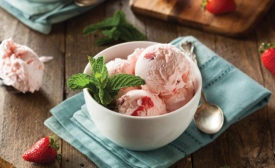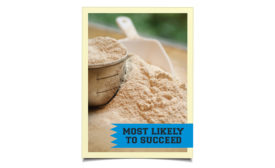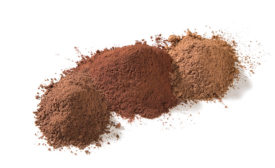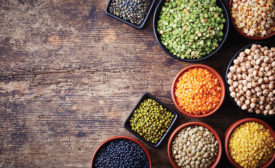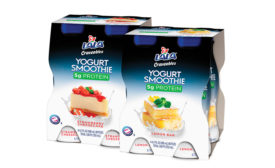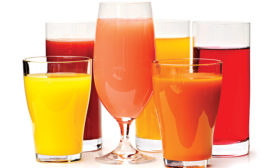Articles by Kimberly Decker
Natural sources of caffeine, the beverages also are rich in antioxidants.
Read More
An inside look at Barry Callebaut’s cocoa production in West Africa
Barry Callebaut proves cocoa quality and sustainability go hand-in-hand
February 19, 2018
Imagination nation: Dairy inclusions show off their creativity
Dairy inclusions are adding excitement and flavor to products.
February 8, 2018
Pour it on: texturizing dairy beverages
The right texture can yield sensory benefits that differentiate a dairy beverage from its competitors.
January 3, 2018
Frozen desserts balance virtue and vice
But taste still reigns supreme in this indulgent category
December 5, 2017
State of the Industry 2017: Dairy ingredients get back to basics
On the ingredient front, the class of 2017’s MOST LIKELY TO SUCCEED are multitaskers that do more with less.
November 15, 2017
The long and winding road to cacao traceability
Consumers want greater visibility into the supply chains of the foods and beverages they consume. But tracing the complicated route cacao takes to become chocolate or cocoa is complex even for the pros.
October 10, 2017
When dairy met soy: How dairy and plant-based proteins can work together
There is plenty of room in the growing protein category for dairy-based and plant-based sources. In fact, there are good reasons to formulate with a blend of dairy and plant proteins.
August 4, 2017
Meet the cultures that make yogurt drinkable
Younger consumers have different perspectives about food. They seek foods that are healthy, convenient, clean label and tasty. Drinkable yogurt can fit all those needs.
June 7, 2017
Functional dairy: Formulating energy into dairy foods
Many energy drinks are burdened with ingredients consumers don’t recognize or can’t pronounce but they understand ‘dairy.’ The road to developing dairy-based energy beverages may one day lead to ‘energy cheese’ snacks.
May 9, 2017
Stay ahead of the curve. Unlock a dose of cutting-edge insights.
Receive our premium content directly to your inbox.
SIGN-UP TODAYCopyright ©2025. All Rights Reserved BNP Media.
Design, CMS, Hosting & Web Development :: ePublishing

